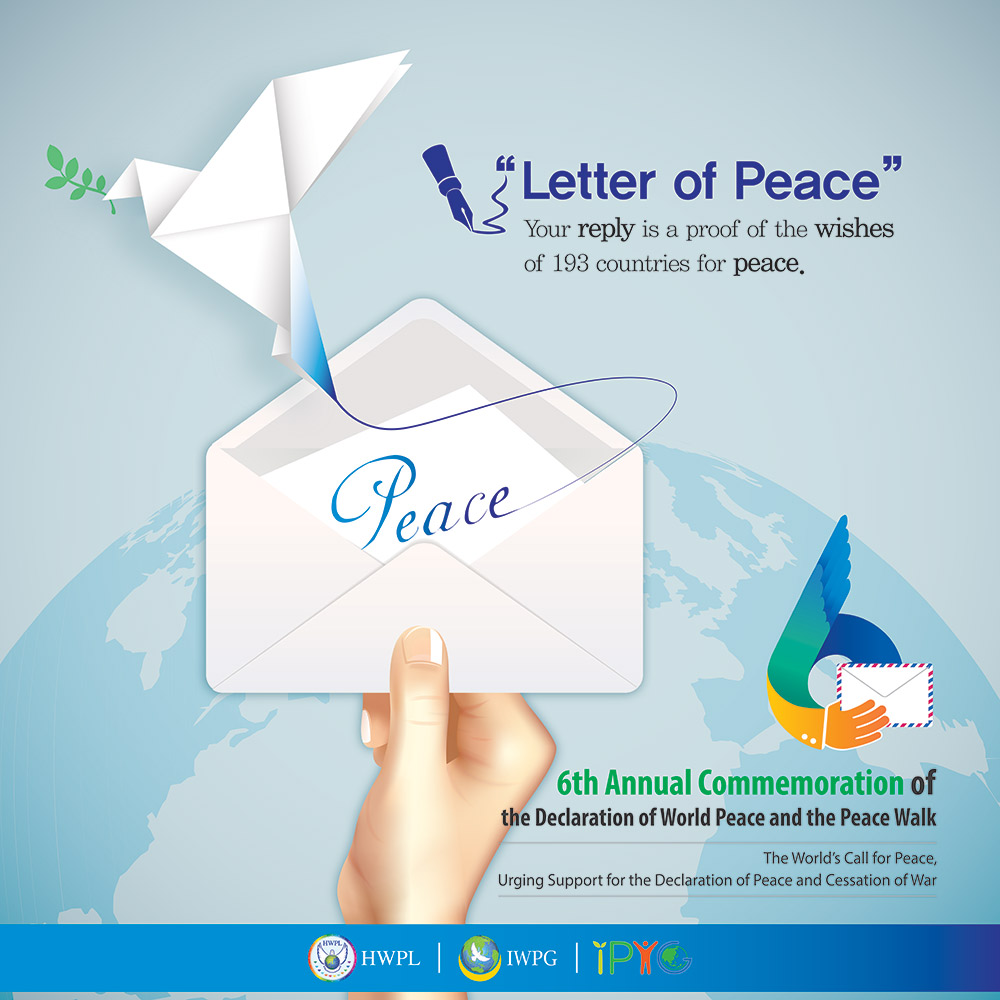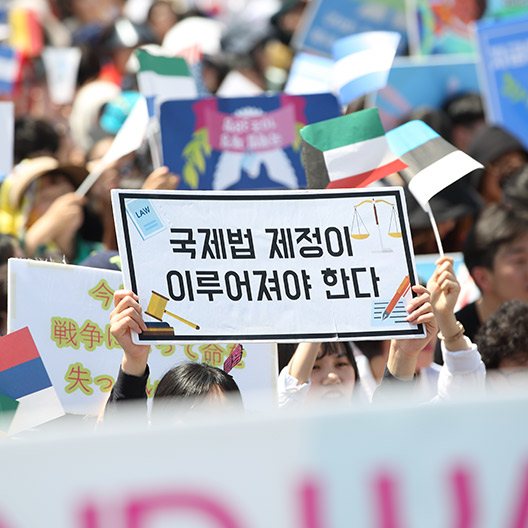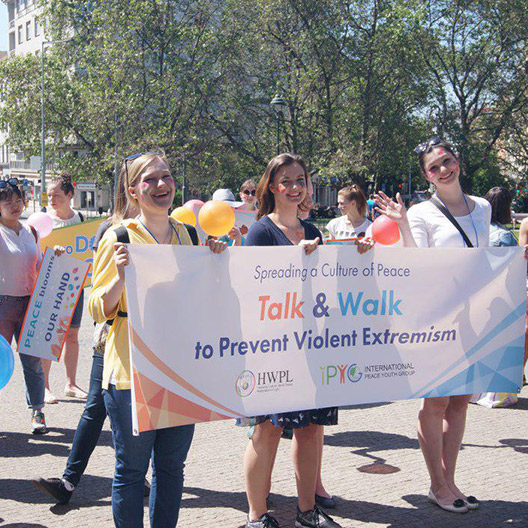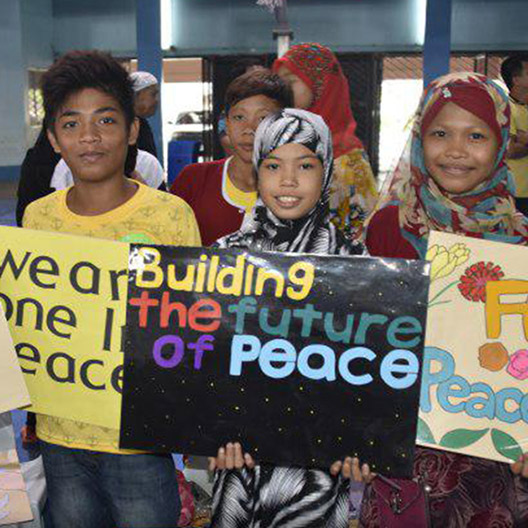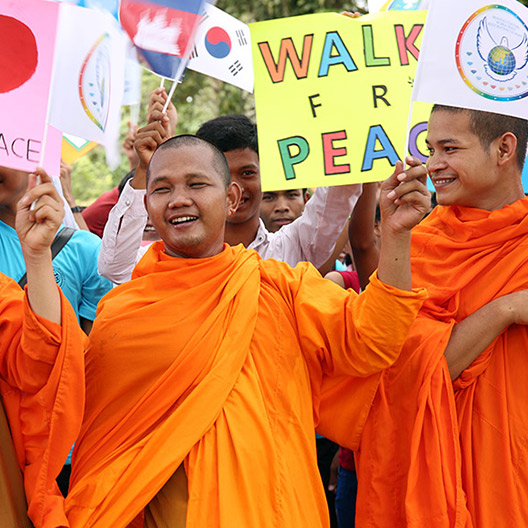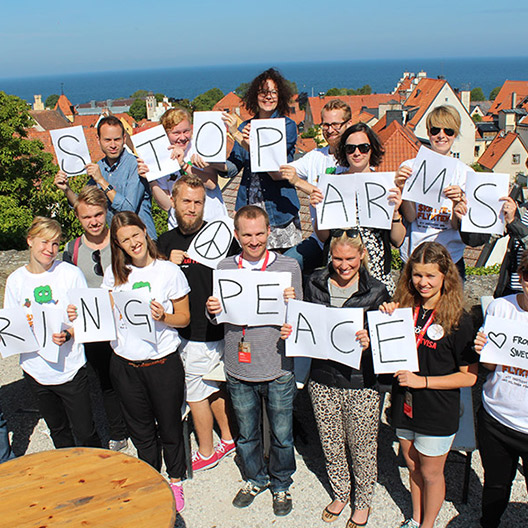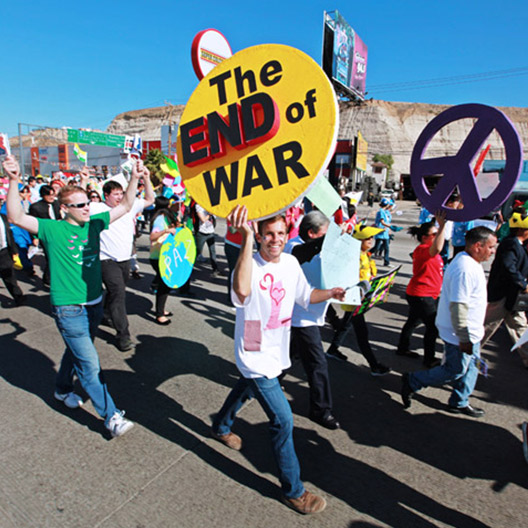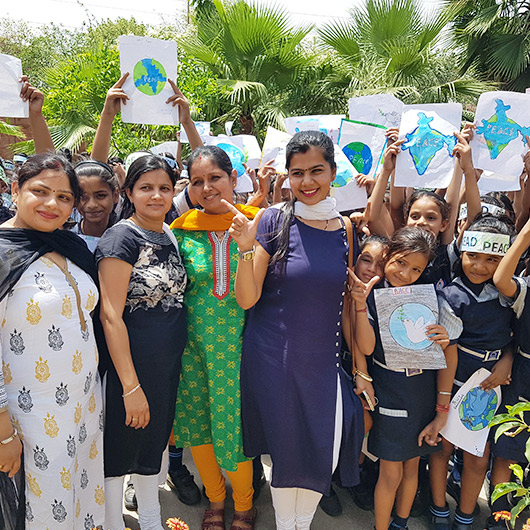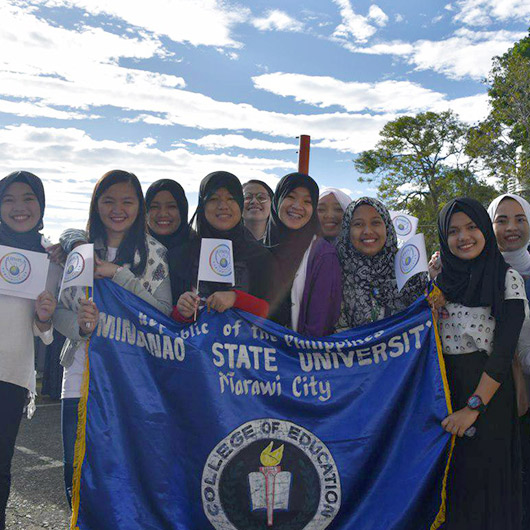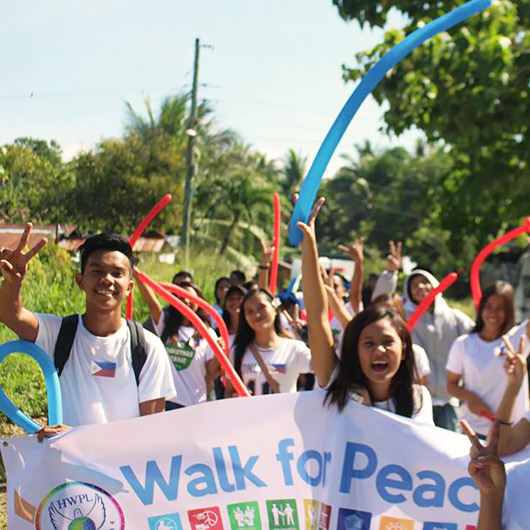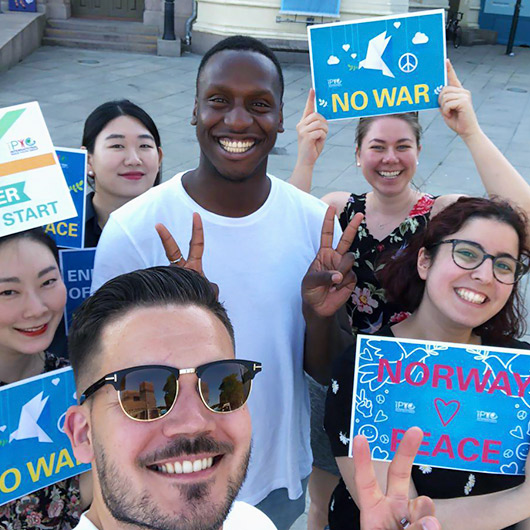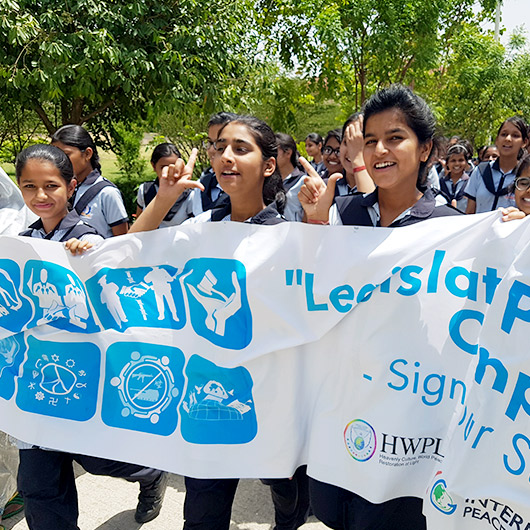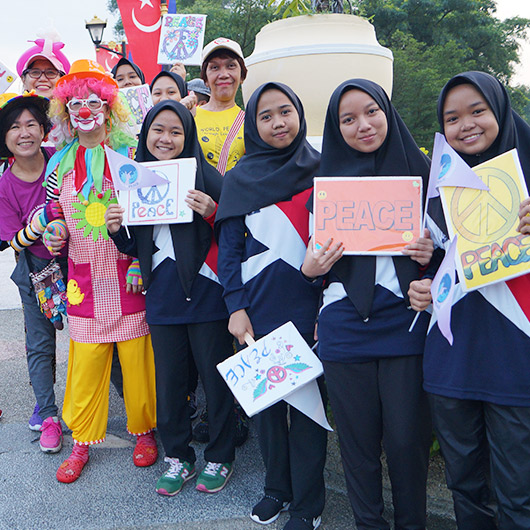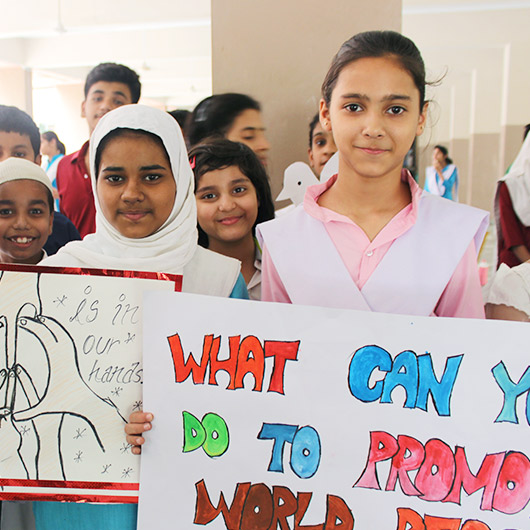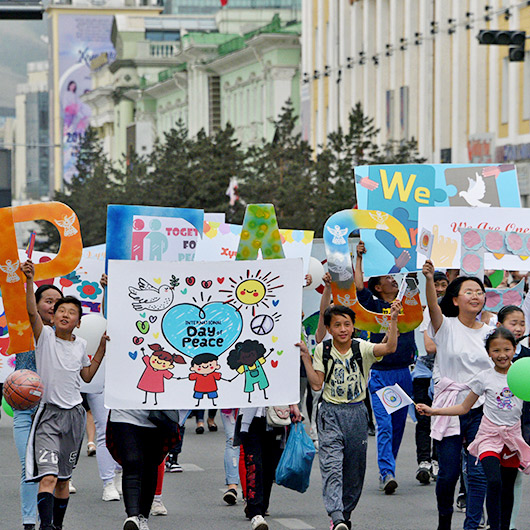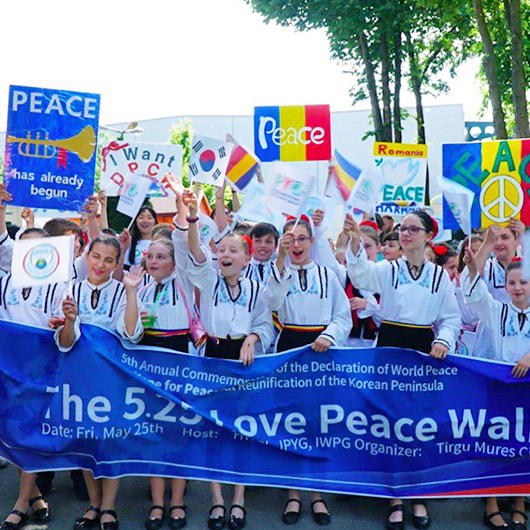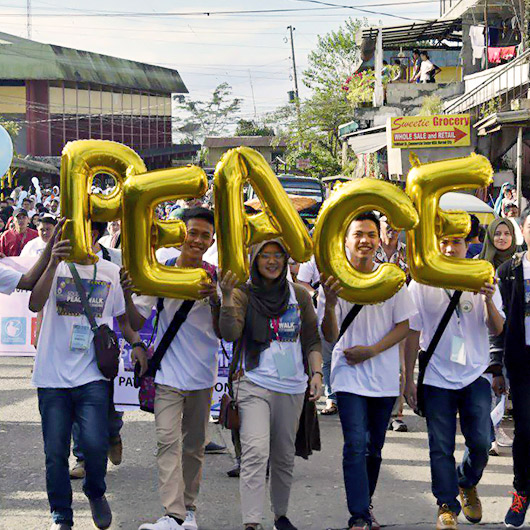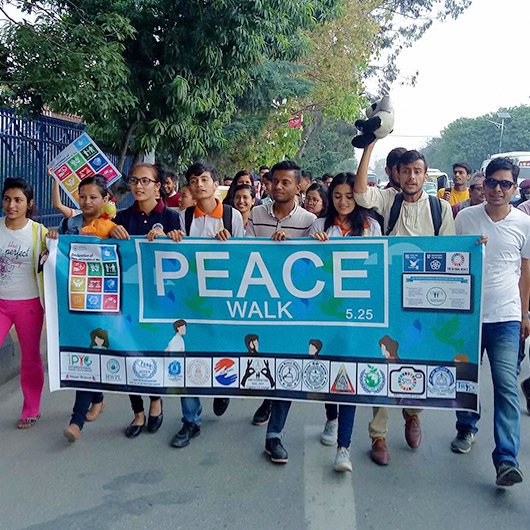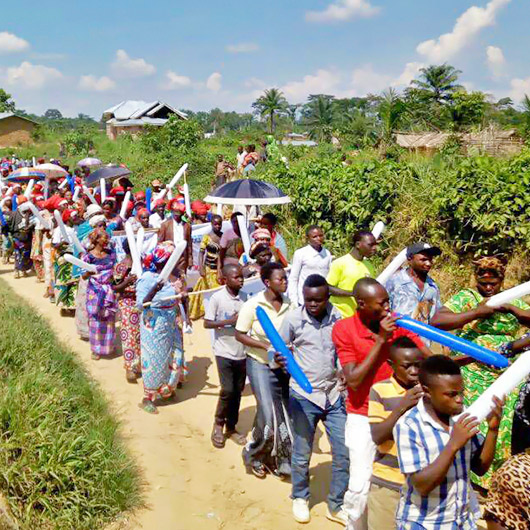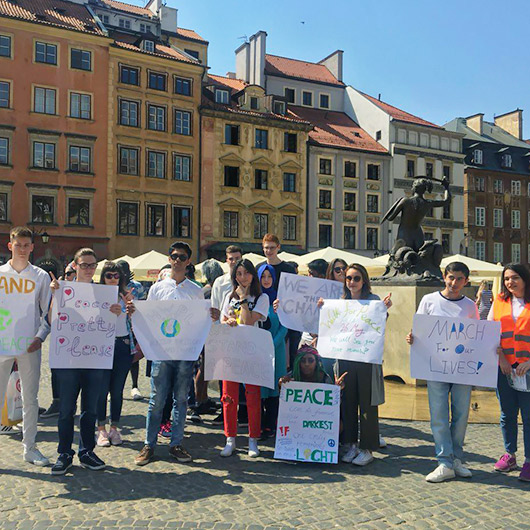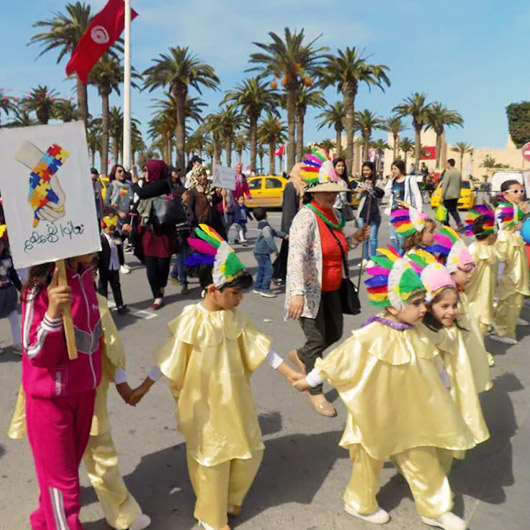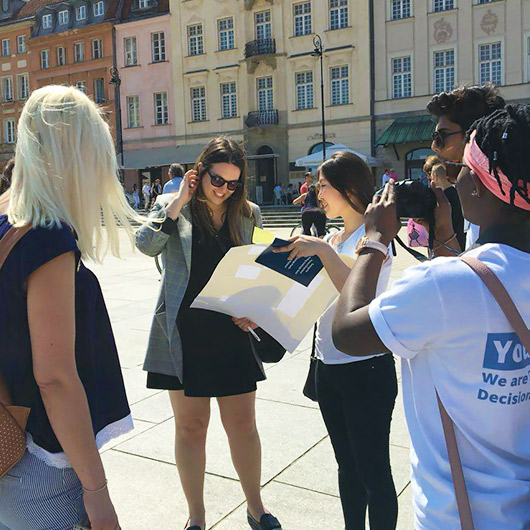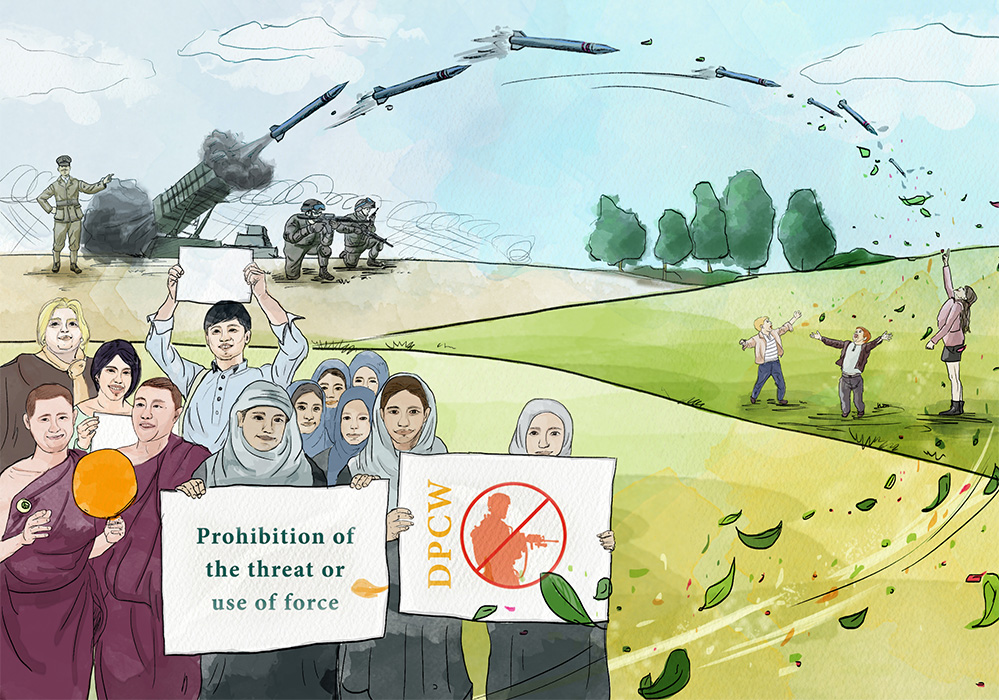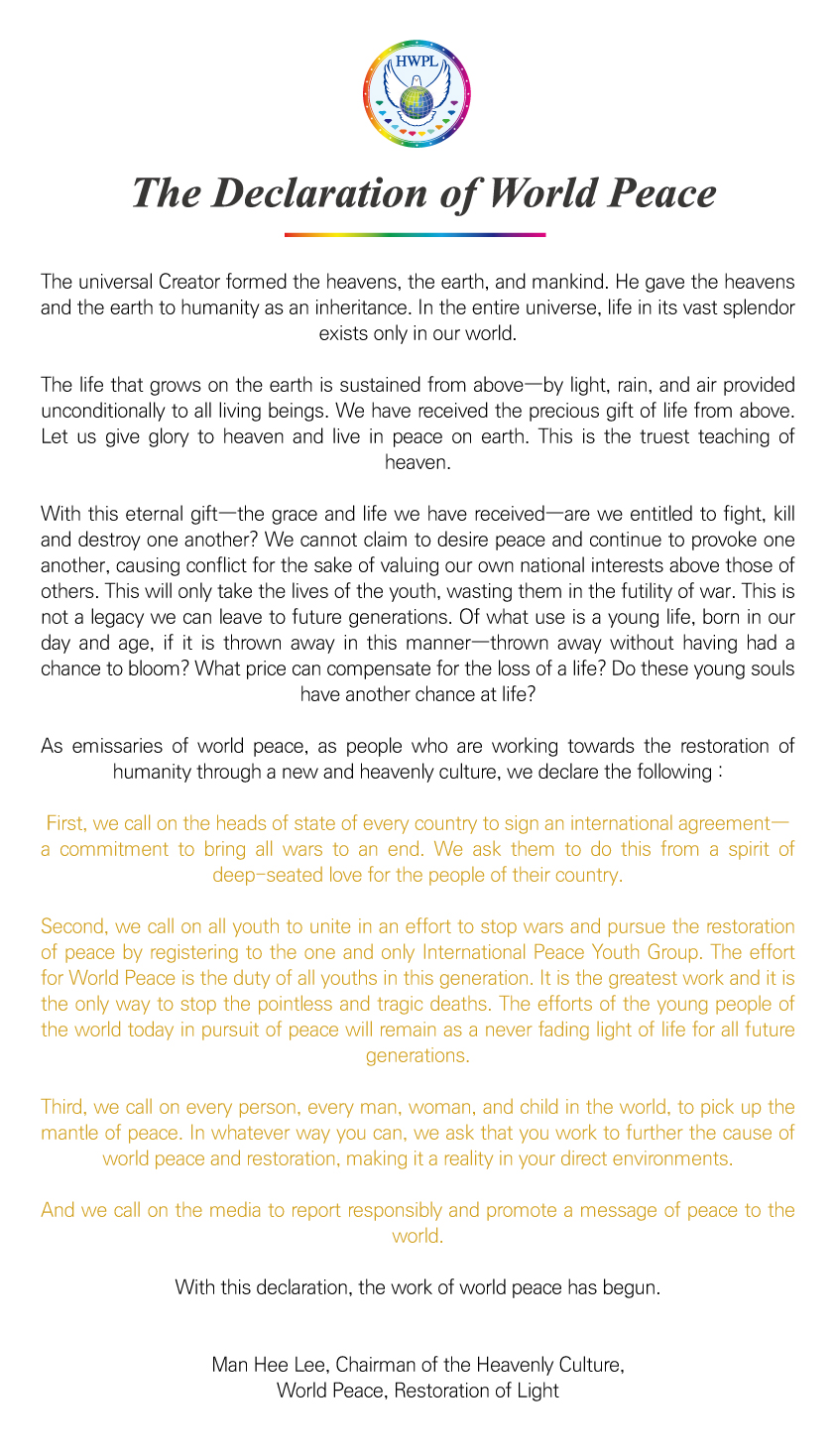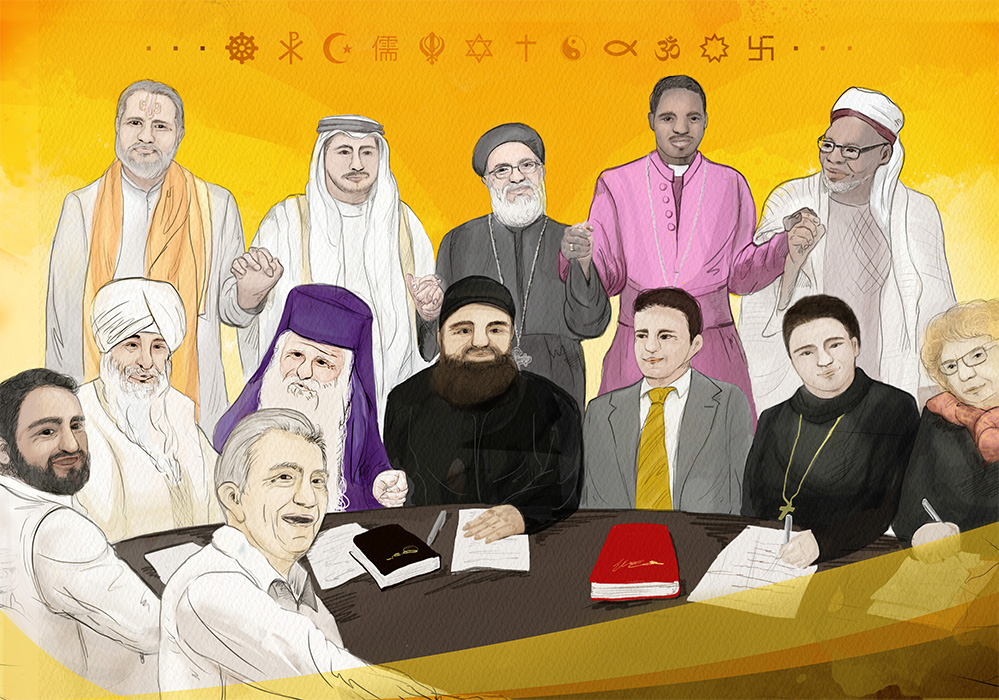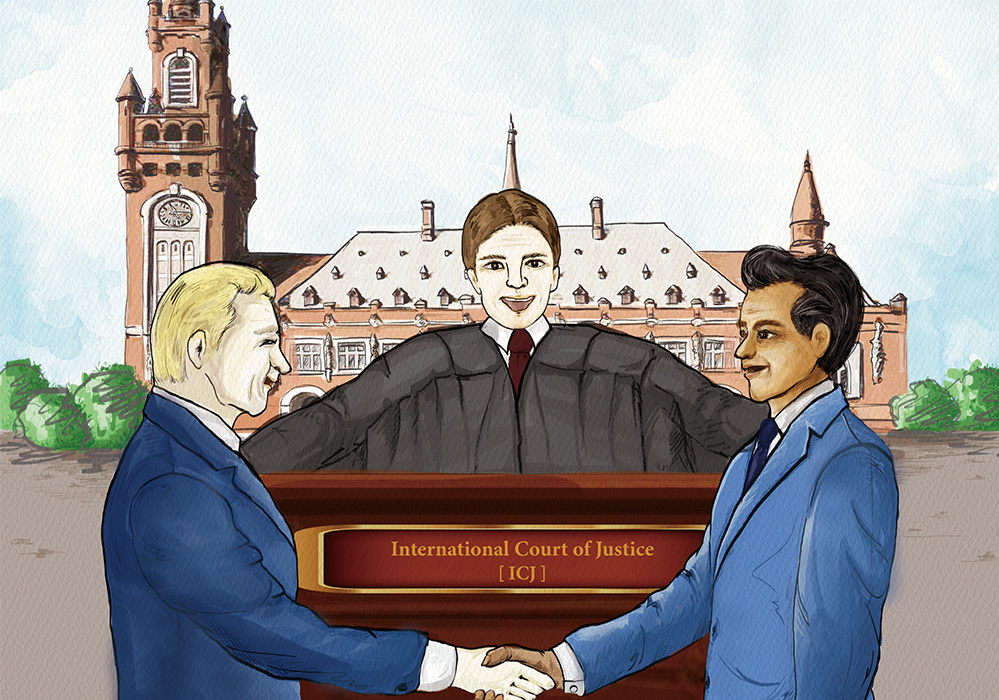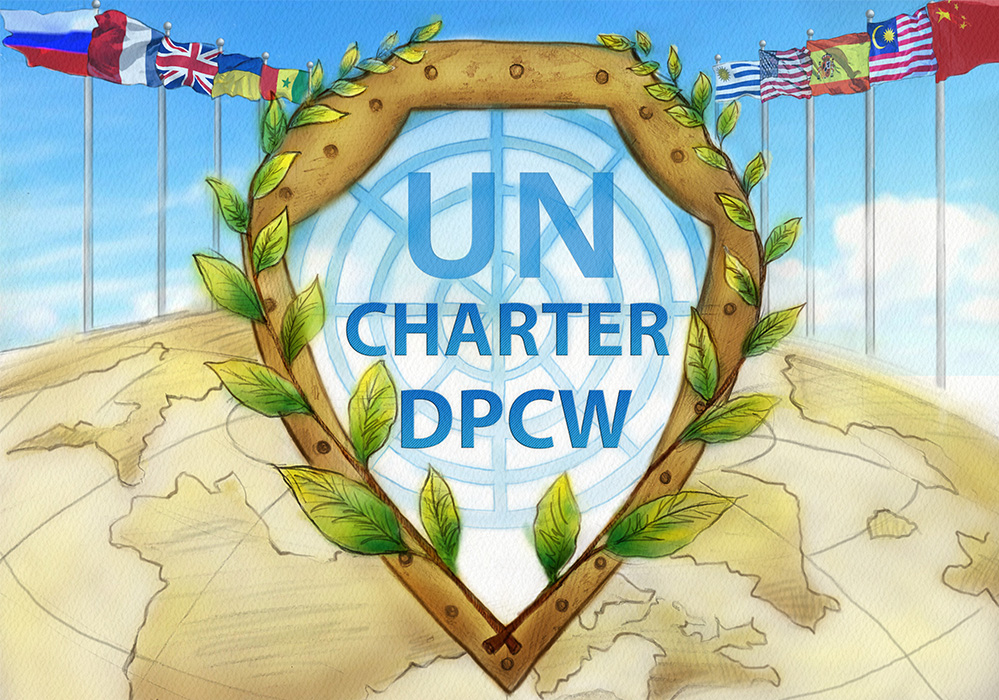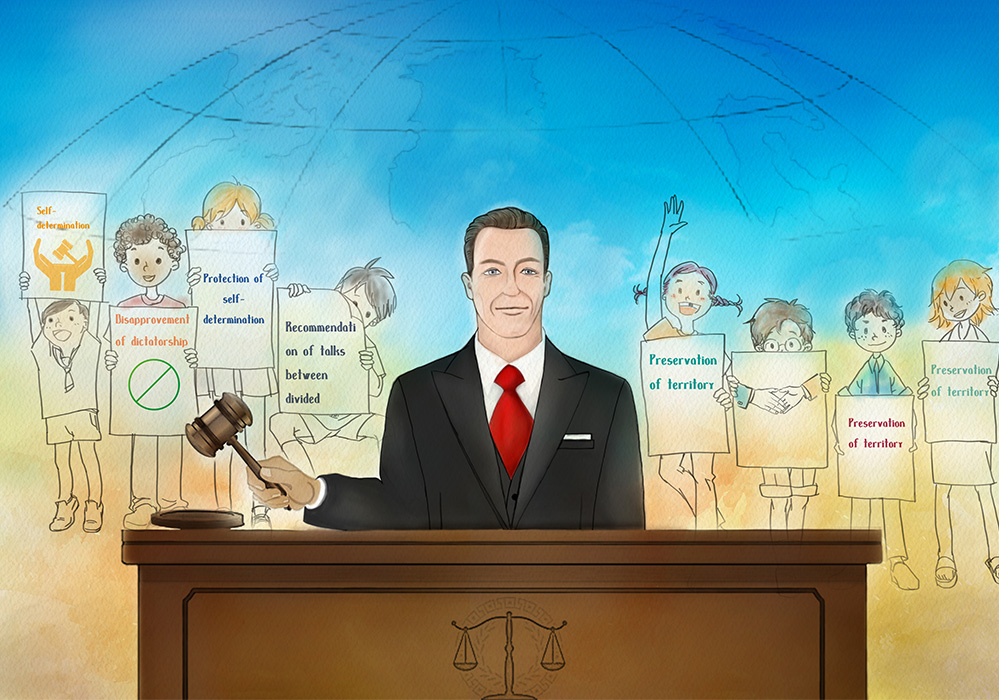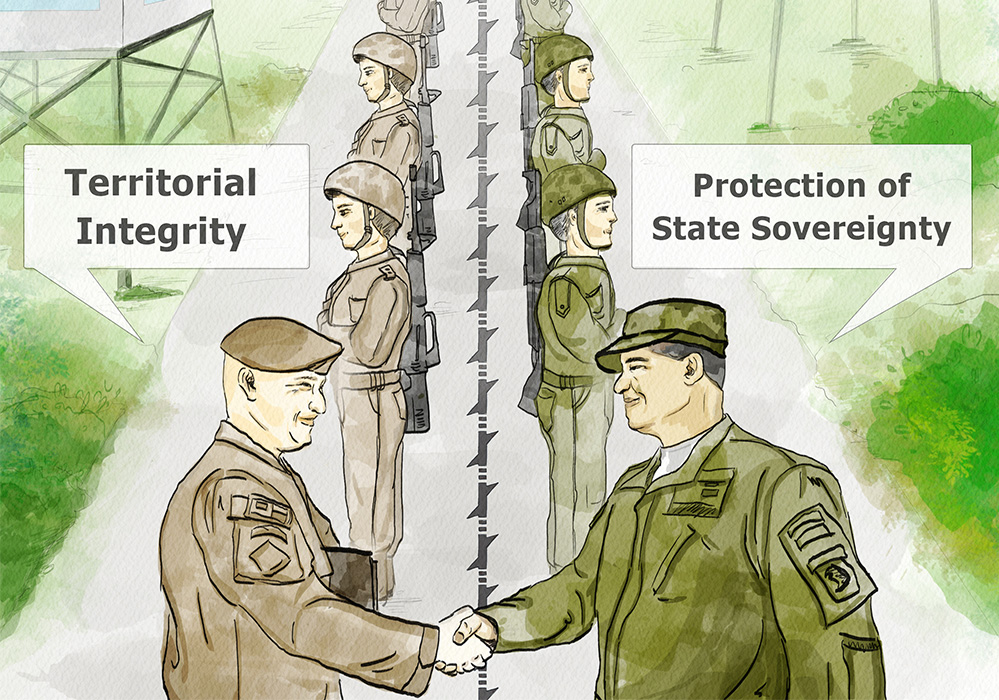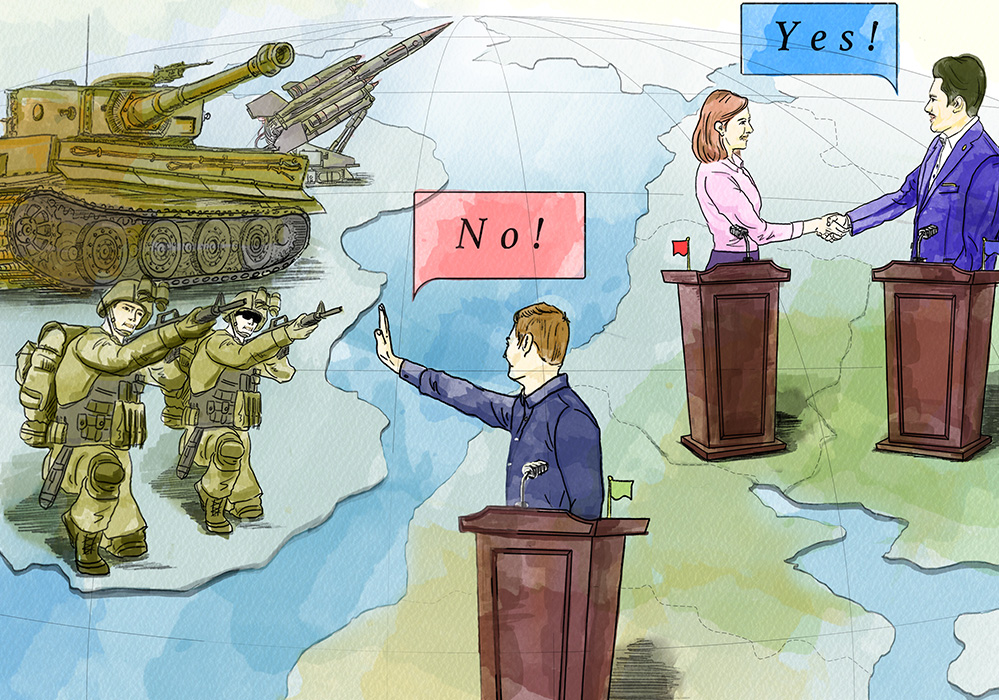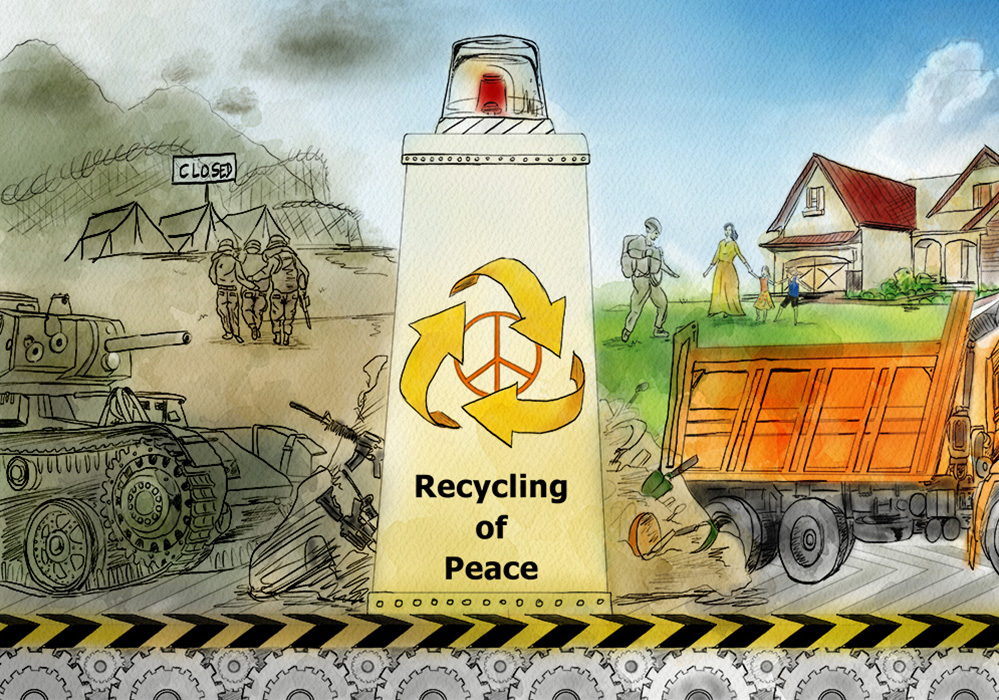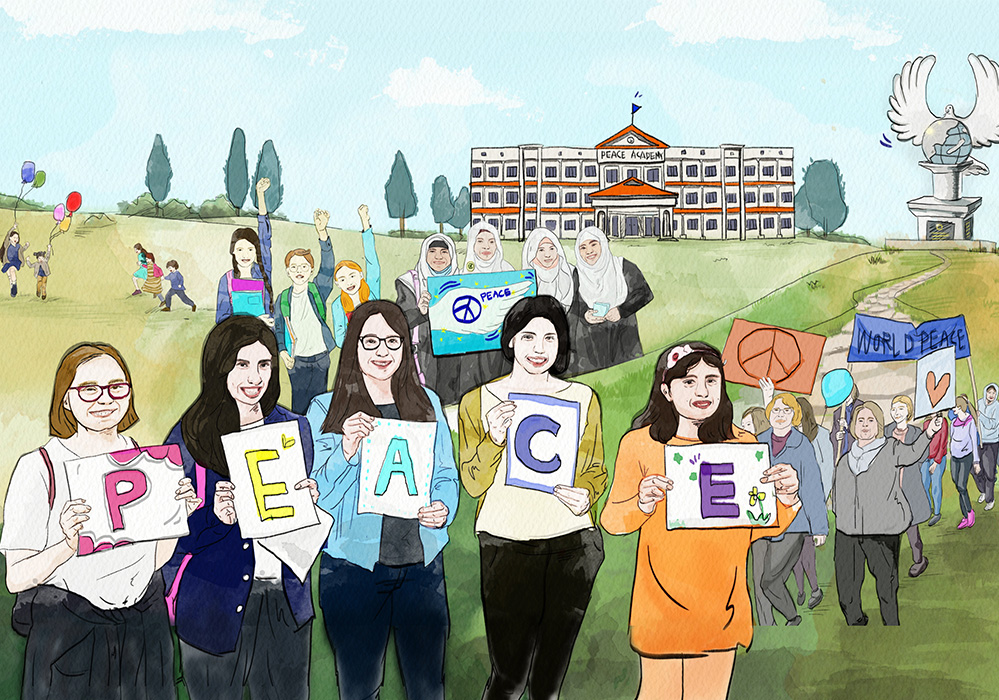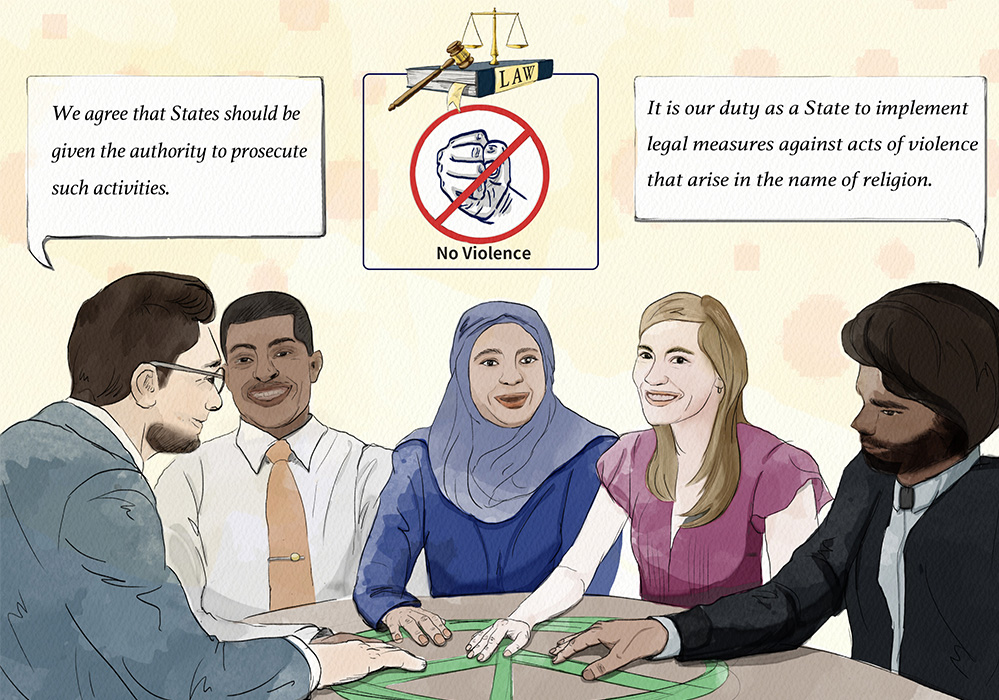Peace Walk
HWPL’s 9th Annual Commemoration of the Declaration of World Peace
– Institutionalizing Peace: Realizing the Collective Will for Peace –
Overview
HWPL’s 9th Annual Commemoration of the Declaration of World Peace will be held online on 25 May 2022.
The annual commemoration was planned to remember the spirit instilled in the Declaration of World Peace proclaimed before the World Peace Gate in Seoul, South Korea, on 25 May 2013, and the meaning behind the civil society-led Peace Walks held worldwide, and to reinforce the solidarity among civil societies amid many challenges the world faces.
HWPL has been expanding various forms of international cooperation to cease conflicts and disputes across the globe and to realize sustainable peace. In the annual event, updates will be shared on the progress of HWPL’s peace efforts, such as the Legislate Peace (LP) Project that promotes the implementation of the Declaration of Peace and Cessation of War (DPCW), Religious Youth Peace Camps, HWPL Peace Education, and media’s peace activities. Through this opportunity, participants will be able to gain insight on how to act on the collective will for peace, a shared goal of humanity, and HWPL’s vision of institutionalizing peace to establish sustainable peace.
The world today is seeking ways to promote the institutionalization of peace to safeguard lives and ensure safety from the threats of daily conflicts and war. International organizations such as the UN, the AU, and the EU are widening research on normative guidelines to peacefully address current conflicts.
In particular, discussions on establishing peace and resolving conflicts are recommended to include women and youth, who are both actors and beneficiaries of peace, together with NGOs which have the expertise and experience in the field. What is also emphasized is having a democratic process that reflects social consensus when implementing the institutionalization.
On 25 May 2013, not only was HWPL established, but Chairman Man Hee Lee drafted and proclaimed the Declaration of World Peace. The declaration embodies basic principles to build a peaceful world, and seeks to guarantee peace through legal instruments such as international law. It also proposes that to meet this goal, endorsement of national leaders, engagement of women and youth, coalition and cooperation among civil societies, and expansion of media coverage on peace are needed. On the day the Declaration of World Peace was proclaimed, over 30,000 participants with diverse backgrounds, such as different nationalities, religions, and ethnicities, joined the Peace Walk, urging the global population to join the efforts to create a peaceful world.
Afterward, the Declaration of World Peace and the international endeavors for peace were further developed, leading to the proclamation of the DPCW and a wide spectrum of peace efforts. The key ideas embodied in the 10 articles and 38 clauses of the DPCW include prevention and resolution of conflicts, gradual reduction of war potential and turning weapons into daily tools, respecting and resolving conflicts based on religion and ethnic identity, and spreading a culture of peace. The declaration explicitly states the elements of threats the world faces, and suggests nations, international organizations, NGOs, and individuals come together in response so that all global citizens will engage in the efforts for peace and establish a peaceful world.
With the aim of passing on a peaceful world as a legacy to future generations, HWPL has been developing global cooperation for peace. At the international level, HWPL has been garnering the support of international organizations for the DPCW and working hand in hand to reinforce international norms to realize peace. At the national level, heads of state have expressed their endorsement of the DPCW and begun discussions to establish and implement legal instruments based on the DPCW. With civil organizations, HWPL has been carrying out activities for the public good to ensure that peace takes root.
Since proclaiming the DPCW in 2016, HWPL has been expanding the Legislate Peace (LP) Project, which focuses on institutionalizing peace and establishing international instruments for peace. The will of the global citizens to end conflicts and wars on earth is exhibited through the peace activities of the LP projects deeply rooted in the DCPW. The participation and coalition of the world’s citizens yearning for peace illustrate the common will to ensure a lasting peace.
This year, HWPL has proposed the institutionalization of peace as a process to establish stable and sustainable peace through the collective will for peace. The collective will to create a world free of war comes from the individuals and groups who engage in the concerted efforts for peace that transcends national borders. Making this collective will a reality can be achieved through collective actions, which contribute to making peace a part of institutions in the form of values, customs, rules, norms, and laws. In turn, this institutionalized peace impacts individuals and groups, becoming serving as the fuel for the collective will toward peace. In this aspect, institutionalization can be depicted as an evolutionary process through which stakeholders’ consensus is gathered to put collective will into action and further develop it. As this process unfolds, a peaceful world with no place for war can be created along with the mechanism to maintain peace in a sustainable manner.
The 9th Annual Commemoration of the Declaration of World Peace will provide the proof that having citizens continue to march on is the engine for us to get closer to peace even amid the crisis of illnesses and wars. To this end, various peace projects HWPL is carrying out together with diverse partners will be explained as cases of realizing the collective will and institutionalizing peace. The HWPL Peace Education will demonstrate how the foundation for long-term peace can be established with the collaboration of stakeholders including education experts, schools, government organizations, and UNESCO, to instill the value of peace to students and citizens. In the field of religion, the Religious Youth Peace Camp will be introduced as a platform to promote tolerance and understanding among religions through observation and hands-on experiences. For media, conflicts in Asia and Africa will be covered through Peace Journalism Reports to ensure that the eyes and ears of the world focus on peace. The International Youth Peace Group (IPYG) will explain current cases on realizing the collective will and institutionalizing peace in different parts of the globe, which include proposing policies that cover youth-related agenda.
HISTORY



